Mouths to feed: When the going gets tough, the langars get full
The need for food distribution centres doubles every year, say NGOs.
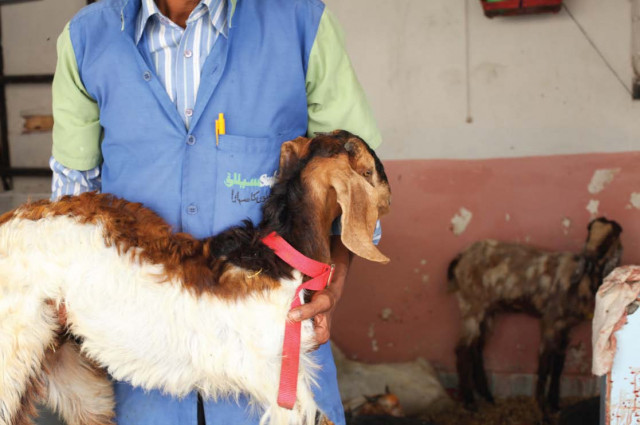
Mouths to feed: When the going gets tough, the langars get full
They work industriously, looking up only to shoot covert looks at the people entering the shrine, eyeing the food bags clutched in their hands. Their hands are wrapped in plastic bags that double as gloves and their rotund daig or cauldron is charred at the bottom. The air around them is thick with the meaty aroma of mutton and daal (lentils) soaked in oil. Their street faces can be spotted every day at shrines and other opportune spots where the free distribution of langar or charity food is held regularly.
NGOs such as the Edhi Foundation, the Chippa Welfare Association and the Saylani Welfare Trust International work at shrines to hand out the donations. These spots are traditional, as langar originated as a religious practice - people used to donate food at shrines as a sign of their gratitude to God.
The mutton dish looks like a curry, with the meat swimming in a pool of gravy that is distributed in a platter to groups of four people or in plastic bags for them to take back to their families. Their satisfied expressions and the eagerness with which they devour the food attest to their insurmountable living conditions.
According to the Federal Bureau of Statistics, one in four Pakistanis lives below the poverty line. An estimated 2.9 million people are jobless, leading to an unemployment rate of 5.5% in 2009.
According to surveys conducted for the Karachi Strategic Development Plan 2020, nearly half of Karachi’s people live below the poverty line. The report showed that 34.4% of households earn less than Rs5,000 a month while 41.4% earn between Rs5,000 and Rs10,000. A high number of immigrants from the rural areas have added to the poverty rate. It is worse in the countryside.
“I don’t want anyone to turn to beggary or to die of hunger,” said Edhi Foundation founder Abdul Sattar Edhi, who is one of the most well known faces in Pakistan.
The Edhi Foundation was a pioneer when it came to langar distribution in the country when it began the service back in 1951. They started up a small dispensary where they used to treat and feed poor patients.
They began their regular langar in 1986 at Sohrab Goth and now a ‘Langar Scheme’ stretches across the country with 120 Langar Khanas providing thousands of people meals to every day.
The food is mostly goat meat and approximately 1,000 daigs are cooked every day, the foundation’s Syed Kazmi told The Express Tribune. He spoke of an alarming increase in the tradition’s popularity. It increased at the rate of almost 100% every year for about a decade. Though this should be a positive sign, it only means that there are more mouths to feed, more hungry people in need of charity. These numbers should factor in, however, that Pakistan’s population has also grown side by side.
Initially, langar was for the homeless, the poor and drug users, but inflation means that the lower and middle class are also resorting to the charity service in order to save money. Security guards, household workers, delivery boys, garbage collectors and drivers all look to langars for their meals.
“This langar changed my life,” said Ghulam Mohammad, a rickshaw driver. “I eat here twice a day and save over Rs100. My wife and children at home can now eat well and the money I save on my own meals goes towards their education. I can also use the money for little luxuries that I was unable to give them before.”
The Saylani Welfare Trust International, another big charitable organisation, claims to feed about 60,000 people at its 19 langar stations across Karachi. “We believe in giving away whatever we receive; we don’t save for tomorrow,” said the organisation’s founder, Maulana Bashir Farooqi. “Every Muslim should have the basic necessities of life and I’m glad that we’re able to help them.”
He estimated that they distribute 1.3 million rupees worth of food daily which roughly translates in to 400 goats. There are 800 staffers currently employed of which 50 are women. “We mostly serve qorma [curry], but sometimes we offer a mix of daal and vegetables just for a change,” he said.
The Abdullah Shah Ghazi shrine near Clifton is a popular destination for people as its kitchens are funded by donations from people who visit it.
Zilhaj 21, Muharram 10, Rabiullawal 12 and Shab-e-barat of the Islamic calendar are the days when the shrine is the most crowded. As the Khan Kitchen owner at the shrine explained, the old method of donating to the shrine’s kitchen is disappearing because of the NGOs. “People prefer to give to the NGOs than our kitchens because they believe that their aid would be distributed fairly and in an organised manner so our business has been on the decline these days.”
Though Chippa became famous for their ambulance services back in 1997, they too started serving daal and bread to Civil hospital patients and in 2009 they began a regular langar service. Their ambulance centres now double as kitchens and up to 25,000 people eat there daily.
They have 200 workers, who work twice a day. “Sometimes people drop off food left over after weddings and we distribute it along with our food,” said Chippa founder, Ramzan Chhipa. “About Rs0.5 million is spent and over 100 goats are slaughtered a day.”
Eighty per cent of them are volunteers and are mostly university students. Zeeshan Khan from Karachi University began volunteering after the floods in 2010. He and his group of five boys and three girls come in whenever they get time off from their studies. Aside from scoring extracurricular points, they ratchet up a few spiritual points as well while they’re at it.
Published in The Express Tribune, July 15th, 2011.


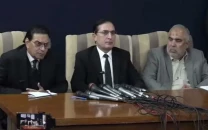

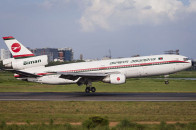
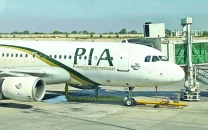
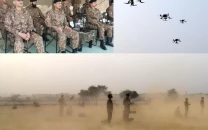












COMMENTS
Comments are moderated and generally will be posted if they are on-topic and not abusive.
For more information, please see our Comments FAQ